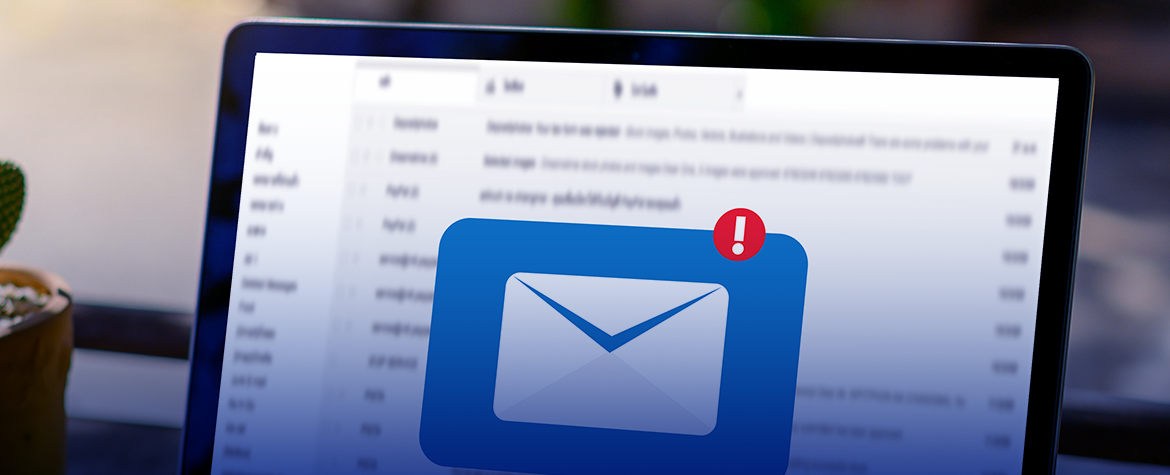While these days social media and content creation are all the hype, many companies often forget how effective email marketing can be in many instances. In the right situation, it is often the most impactful solution and can be fairly cheap as well. With this email marketing case for a meditation centre, we hope to illustrate how this form of promotion can be a powerful resource.
Our process for engaging audiences with emails helped our client, a meditation centre operating mainly in Europe, achieve better lead generation, increase customer engagement, and build the client’s brand. We developed a more robust program for the company, letting them maximise their email marketing ROI. This also entailed establishing more complex tracking protocols for future endeavours.
The organization was able to achieve its goals and make more consistent improvements and conversions using email. Over time, along with our work with social media and network advertising, these strategies increased their online presence. In tandem with audience expansion and target group research, emails allowed for more cogent communication.
Within just the first 2 months this marketing channel was able to achieve some real results. Here’s how:
Client Overview
The client is a meditation centre that provides monastic Zen practice and meditation services. They host events and offer online courses, operating in multiple locations across the world as well as offline courses (before the COVID-19 pandemic). The meditation groups extend to various areas of Western Europe. Our main correspondence was with their branch in Germany, where the company were looking to improve its online marketing presence and sales.
When our company started working with the client, they had minimal online activity. They were not employing any high-level Internet marketing and were basically running with their website as a primary hub. As opposed to focusing on direct outreach, they were largely waiting for people to discover them.
In accordance with these needs, our experts had to form the baseline of their online marketing communications from scratch. This involved making many changes to the website, setting up social channels, and an email marketing strategy.
At this point, the company had been using email programs for 7 years. However, these were not consistent in their timing, targeting, or ability to achieve objectives. Mostly, they employed it as a reminder or announcement service. They held many events like meditation seminars and talks which made use of the email service to gather eyeballs.
While not an incorrect strategy, the application was lacking in many ways as our research would later make clear. The main reason for this was that the company had not seen email as a viable channel for wider growth at that time. Their email strategy had a few gaps and needed to be built with a new online strategy in mind.
Why Email Marketing?
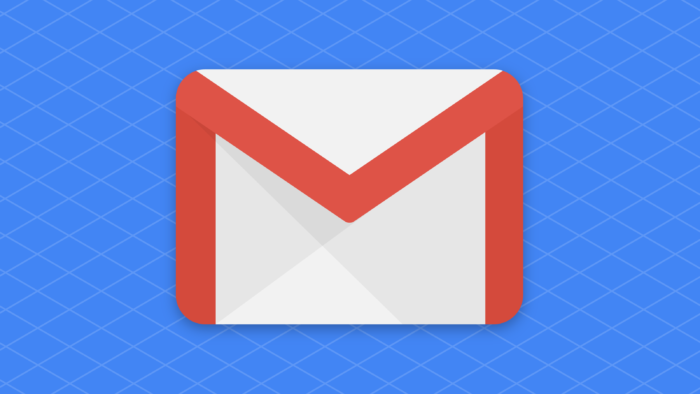
Email marketing may not seem as flashy as a lot of different types of online promotion, but for certain industries, it is the most effective way to go. As a marketing tool, it has a distinct ability to push events and companies with a uniform message. In this regard, the company’s existing plan was right but also limited in scope.
Email marketing is particularly good at community building and brand enrichment. As a result, it can keep your brand within the consumer’s mind and build a stronger relationship with them. It can also have a lot more variety in terms of visual and operational design, offering a higher level of control over design than banner ads on social media networks or websites.
This level of personalisation can be a very strong advantage of this strategy. Emails allow you to provide much more information than the average ad, put more branding elements, and arrange the layout as you see fit. Although there are restrictions to the email format, there is also more space and freedom to work with as compared to banner ads. Email marketing can also allow for interesting A/B testing possibilities when companies use it correctly.
As a strategy, email marketing is potentially cheaper and allows for wide, uniform broadcasting. It can be a very direct form of communication as it lands in people’s inboxes like a letter. Mailing lists can also provide companies with very specific target audiences. These can help achieve a very systematic approach to target group outreach that many other methods often lack.
With the correct use of reminders, newsletters, updates, and other such tools, we could push their communications to the next level. With this in mind, we sought out the gaps in the company’s current operations.
Email Promotion Implementation
Our team redesigned the email campaign strategy and gave them their workflow for future promotions. In a short amount of time, email went from one of their weakest outputs to one of their strongest avenues of communication. The outreach that this strategy provided was instrumental in keeping subscribers informed about new events at the centre. Such emails would have to be sent out periodically and with an exact purpose, so we began looking at their channels.
After a basic audit, our team found that there were some clear issues with how they used emails. The company was currently using very link-heavy emails in low quantities. Generally, emails for events and reminders need to strike a good balance of quantity so that they occasionally remind the consumer without being bothersome.
Another issue we encountered was the lack of data we could gather from their email promotion setup. They were using very basic tools to conduct their operations and we needed to implement better ones for future data-gathering. The two main steps of our email strategy were of establishing channel tracking and tweaking the strategy.
Channel Implementation
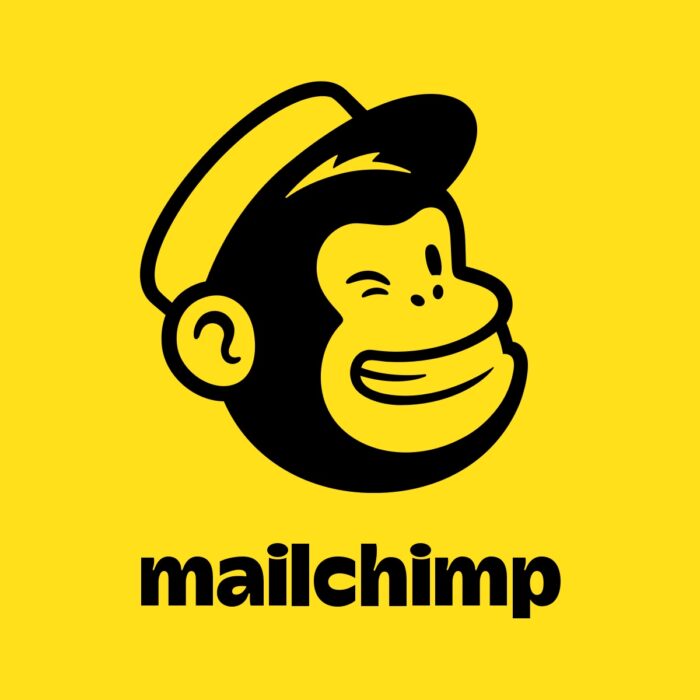
One of the major problems a lot of companies encounter is that they don’t know what to do with emails because they have trouble contextualising the worth of campaigns. More specific data-gathering can thus give a concrete basis for strategy changes. This would not be possible without data-gathering resources and training, which our team provided.
The first step was to track the client’s communications and set up an infrastructure for channel data collection. At the same time, our team analysed their existing email strategy. The findings showed that the company could improve their CTR with a few simple tweaks.
With our help, the client now uses Mailchimp, and the website has implemented WooCommerce. They are connected to track conversions that are coming in through the email channel. This setup also splits up email content, as a channel, into different emails. More specific data was easier to collect with precise tracking.
With the aid of these tools, each email has personalized tracking for conversion as it pertains to a particular event. I.e. they can track each specific topic or event and examine growth more specifically. This would help us quantify how well the objectives are coming along.
Our communications team also provided in-depth consultation on how to use these new tools. The company have since been using them to generate their findings, judge email campaigns, and develop future strategies.
Message Quantity vs. Density
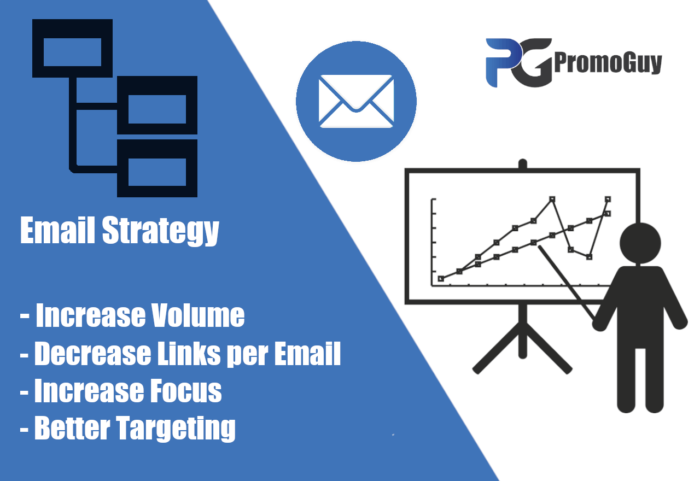
The company was using a low quantity of emails that had very high information and link density. As a result, our major fix was to increase output and spread the links across multiple emails. Previously, they would have had a single email with 10 links, but now they would try to portion out the links by engaging users with multiple emails.
This new strategy had multiple advantages. From the email receiver’s perspective, the messages would be concise, with few digressions to external links. The information within them is also more contained, allowing for fewer data points. This boosts the effectiveness of the emails and encourages consumers to retain more information than they would with an overly dense message.
Similarly, this approach also allowed for better targeting and segmentation of consumers. A lot of data gets lost within those bigger emails, meaning their effectiveness is lost to certain consumers. However, with these smaller emails, there would be a better focus, allowing users to easily navigate and find what they like.
Another advantage was that it would make the company’s online operations more active. The increase in emails would keep the readers engaged with the company more often. The operational theory was reliant on a constant stream of smaller emails. Then came the time to see if the numbers lived up to our projections.
Emerging Results
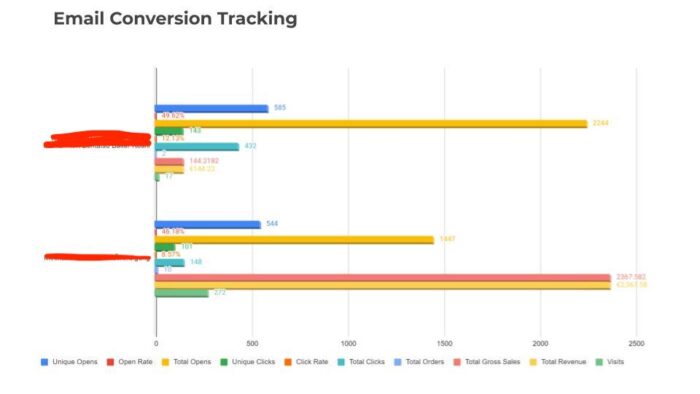
Over the first two months of applying this new email strategy, the results were looking very positive. As mentioned earlier, email became a crucial resource very quickly, as people were more likely to click on emails with a better focus on a fewer number of topics or events.
Tracking proved that the open rate for the emails was above 60%, and the click rate was around 55% and above. The average email campaign opening and CTR rates for similar campaigns within the industry were estimated to be around 18% worldwide. Needless to say, the campaigns were a massive success as we were well above the industry standard. These results illustrated that email campaigns could bring in a lot of engagement and potential leads, while also keeping their community informed and engaged.
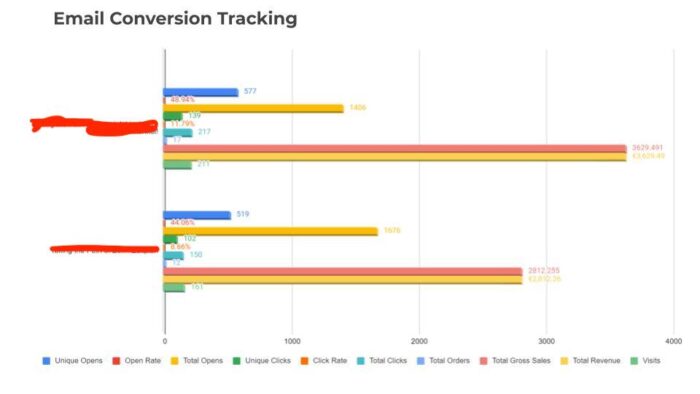
The company has seen a lot of success since then, raking in higher numbers for all its online platforms. The links were generating more hits per email and engaging with their audience more easily. They were now also able to target the emails with more precision and develop better relationships with their consumers, as evidenced by the increases in engagement and sales.


